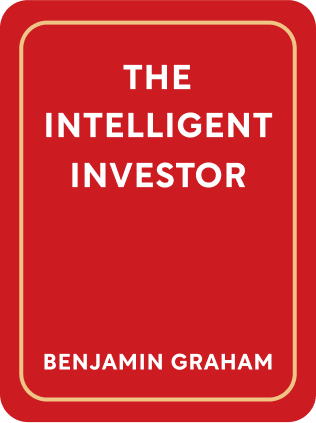

This article is an excerpt from the Shortform book guide to "The Intelligent Investor" by Benjamin Graham. Shortform has the world's best summaries and analyses of books you should be reading.
Like this article? Sign up for a free trial here .
What stocks should you buy? Are there strategies to help you learn how to know what stocks to buy?
Learning how to know what stocks to buy takes practice. You can develop knowledge and strategies so you can develop the best tactics.
Keep reading to find out how to know what stocks to buy.
How to Know What Stocks to Buy
Are there ways to learn how to know what stocks to buy? For any investor, the classic mistakes in buying stocks are:
- Paying too high a price for a stock: This is especially risky in 1) strong bull markets, when the market seems like it can only rise with no possibility of a downturn, or 2) for hot stocks, where speculators drive up the price expecting the company to outperform in the long term.
- Withdrawing from the stock market after a steep crash, when most people view stocks as too risky. At this time, stocks are especially cheap.
To counter these mistakes, Graham issues four simple rules for figuring out how to know what stocks to buy?
1. Diversify, but not excessively.
Graham advises holding at least 10 and at most 30 stocks.
2. Buy large, prominent companies with conservative financing.
So how do you know what stocks to buy? Let’s define each of the three terms:
- Large: In 1973, Graham defined large as having at least $50 million in assets or revenue. In modern commentary, Zweig suggests the bar is companies with at least $10 billion in market capitalization.
- Prominent: The company should be a leader in its industry, and be in the top 25% by size.
- Conservative financing: The company’s market capitalization should be no more than double its book value.
(Shortform note: Critics argue that book value is unreliable in modern times, since book value excludes the value of intangible assets like intellectual property or brand value. Thus, relying on book value alone would eliminate a swath of promising investments.)
3. Buy companies with a record of continuous dividend payments.
In 1973, Graham argued for companies that regularly paid dividends over the past 20 years. In recent times, companies have paid dividends much less regularly, so Zweig adjusts the time frame to the past 10 years. This is important information for answering the question “how do you know what stocks to buy?”
4. Impose a price maximum on stocks you buy.
Graham argues for a maximum per-share price of 25 times average earnings over the past 7 years, or 20 times earnings over the past 12 months.
Notably, this rule excludes hot “growth stocks,” for good reason. Growth stocks often represent new companies that are growing rapidly but are unprofitable or have only meager earnings. Thus, their price-to-earnings ratio may be far above 20 times. Graham argues that these stocks are too risky for the defensive investor—without thorough analysis, a defensive investor is very unlikely to repeatedly pick the right stocks at the right times.
Finally, don’t buy common stock for its dividend income alone. The stock price must still be reasonable, and the company should be fundamentally sound. This is important to remember when planning how to know what stocks to buy.
We’ll return to more technical guidance on how to pick stocks in Chapters 14-15, after we cover more fundamentals of stock analysis and market mindset.
Don’t “Buy What You Know”
How do you know what stocks to buy? In his commentary, Zweig cautions against the common wisdom of “buy what you know.” The premise of “buy what you know” is that, as an ordinary consumer, you know what brands and products you like, and in this sense you might know more about the company than professional stock analysts. Thus, you should buy stocks of companies you like.
Of course, this simple-minded view violates Graham’s universal principles of considering the underlying value of the stock, and the stock price in relation to its value. If you were a disciplined investor, you would consider whether the stock was overpriced, regardless of how much you liked the company emotionally.
This applies generally to being complacent about what you’re familiar with. The more you think you know about something, the less you are to probe for real weaknesses.
Notably, this applies to people owning their own company’s stock in their retirement portfolios. Does it ever make sense to have a third of your entire stock portfolio in a single company? If not, then why would it make sense to invest it in your employer?
So are there ways to know for sure how to know what stocks to buy? Not exactly, but there are lots of strategies to make good decisions.

———End of Preview———
Like what you just read? Read the rest of the world's best book summary and analysis of Benjamin Graham's "The Intelligent Investor" at Shortform .
Here's what you'll find in our full The Intelligent Investor summary :
- Key advice from what Warren Buffett considers the "best book about investing"
- The 2 major indicators you should use for evaluating stocks
- How you can use aggressive or defensive investing strategies






